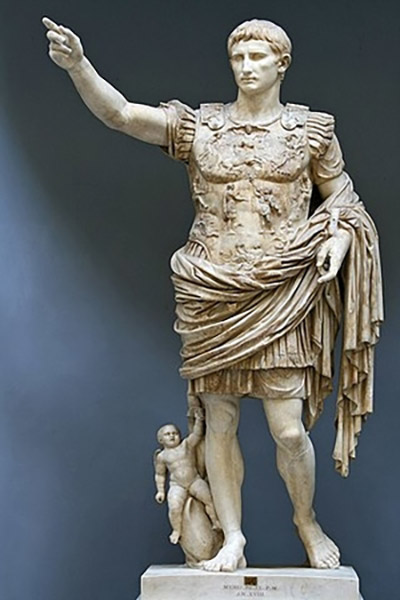The Praetorian Guard was a prominent and influential military unit in ancient Rome, primarily known for serving as the personal bodyguards of the Roman emperors. Here’s an overview of its history:
Origins
Formation: The Praetorian Guard was established around 27 BC during the reign of Emperor Augustus. Augustus sought to create a loyal and elite force to protect him and his family, distinguishing them from the regular legions. It is known that Praetorianb guards existed prior and served to protect Ranking Officials and Generals, both Generals Octavian (Emperor Augusts) and General Antony had Praetorian Guards, these however were not known as a permanent corps. Augusts created a permanent corps of nine cohorts, stationed around Rome, in 2 BC he appointed 2 equestrian prefects to command them. In 23 AD Emperor Tiberius’s powerful prefect Sejanus became their sole commander, at this time the guard was satations outside Rome in a fortified barracks making the guard far more significant and influencial.
Name: The term “Praetorian” is derived from the Latin word “praetor,” which referred to a high-ranking Roman official. Initially, the Guard was tasked with protecting the praetor and other officials.

Pictured Right – Emperor Augusts, Founded the Praetorian Guard
Structure and Role
Composition: The Guard consisted of approximately 9,000 to 16,000 soldiers, divided into cohorts. They were typically recruited from the Italian peninsula and were known for their rigorous training and discipline, in the middle of the first centuary becoming a Praetorian Guard was exclusive, a would be member needed to have served 16 years in the legion or be highly recommended by a high ranking official or person of influence.
Duties: Their primary role was to protect the emperor, but they also maintained order in Rome, participated in military campaigns, and sometimes acted as a police force. It was not uncommon for the Praetorian Guard to accompany the Emperor on campaign, often the Guard would fight alongside the legionary, this was well documented by Emperor Auerelius during the Germanic campaign.
Political Influence
Power Brokers: Over time, the Praetorian Guard gained significant political power. They often played a crucial role in the succession of emperors, sometimes supporting or opposing candidates based on their interests.
Assassinations and Coups: The Guard was involved in several notable assassinations, including that of Emperor Caligula in AD 41. They also supported the rise of various emperors, such as Claudius, and were instrumental in the downfall of others.

